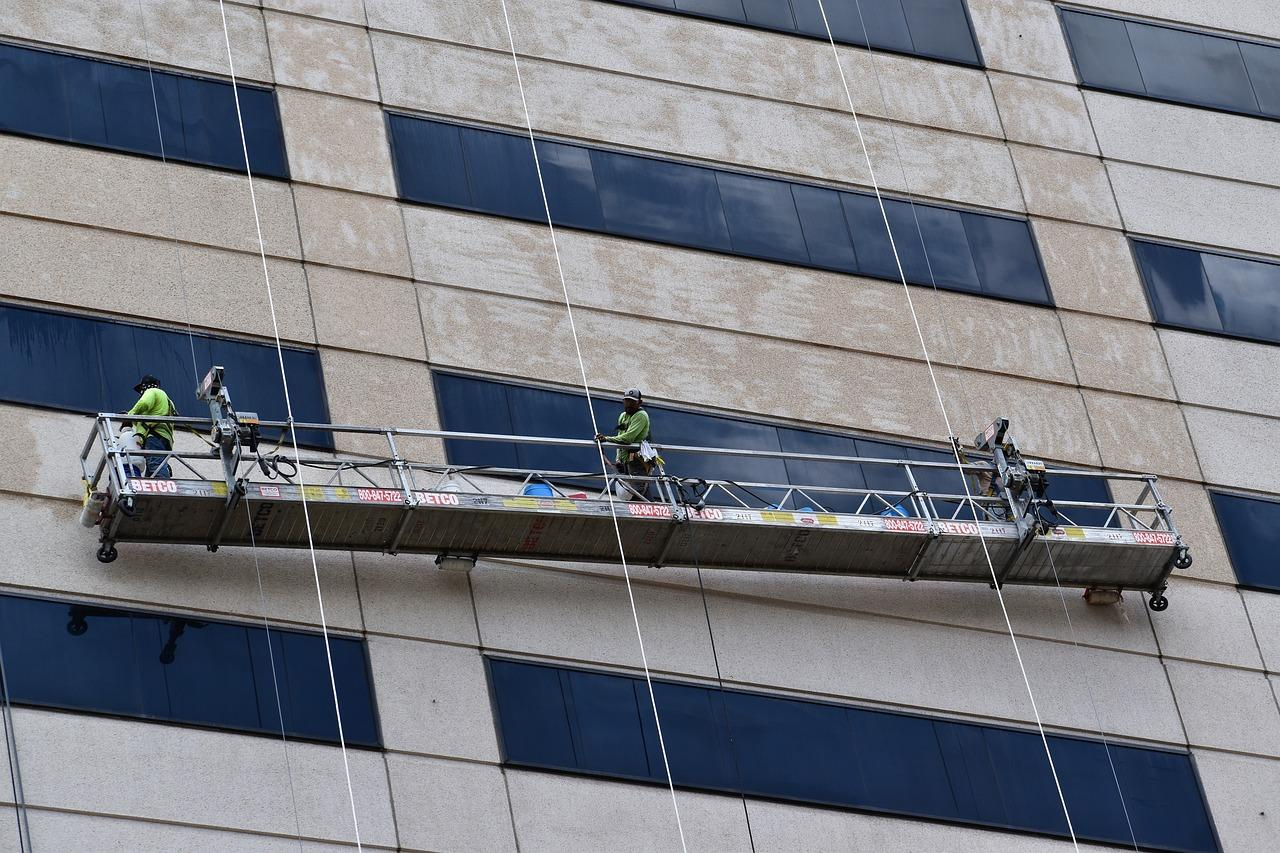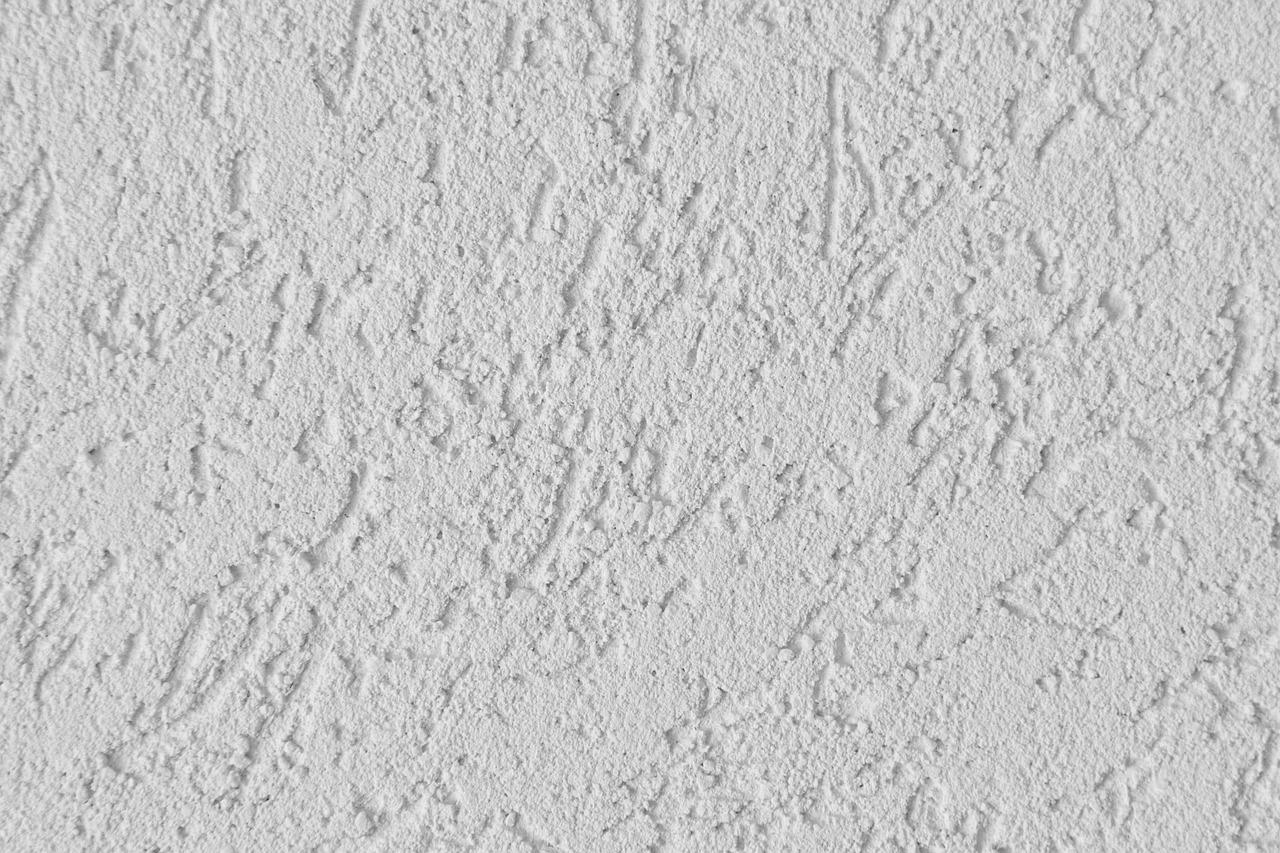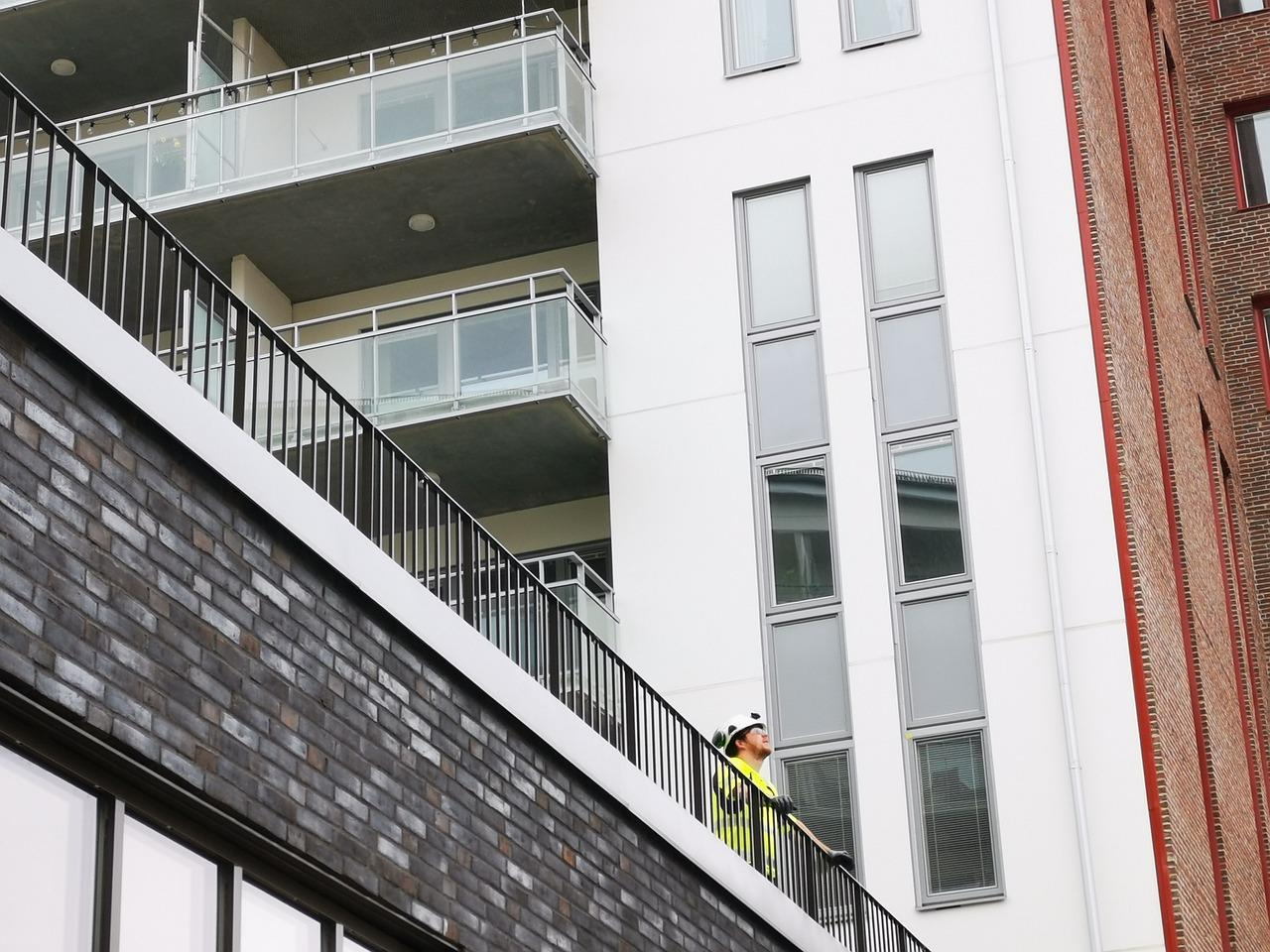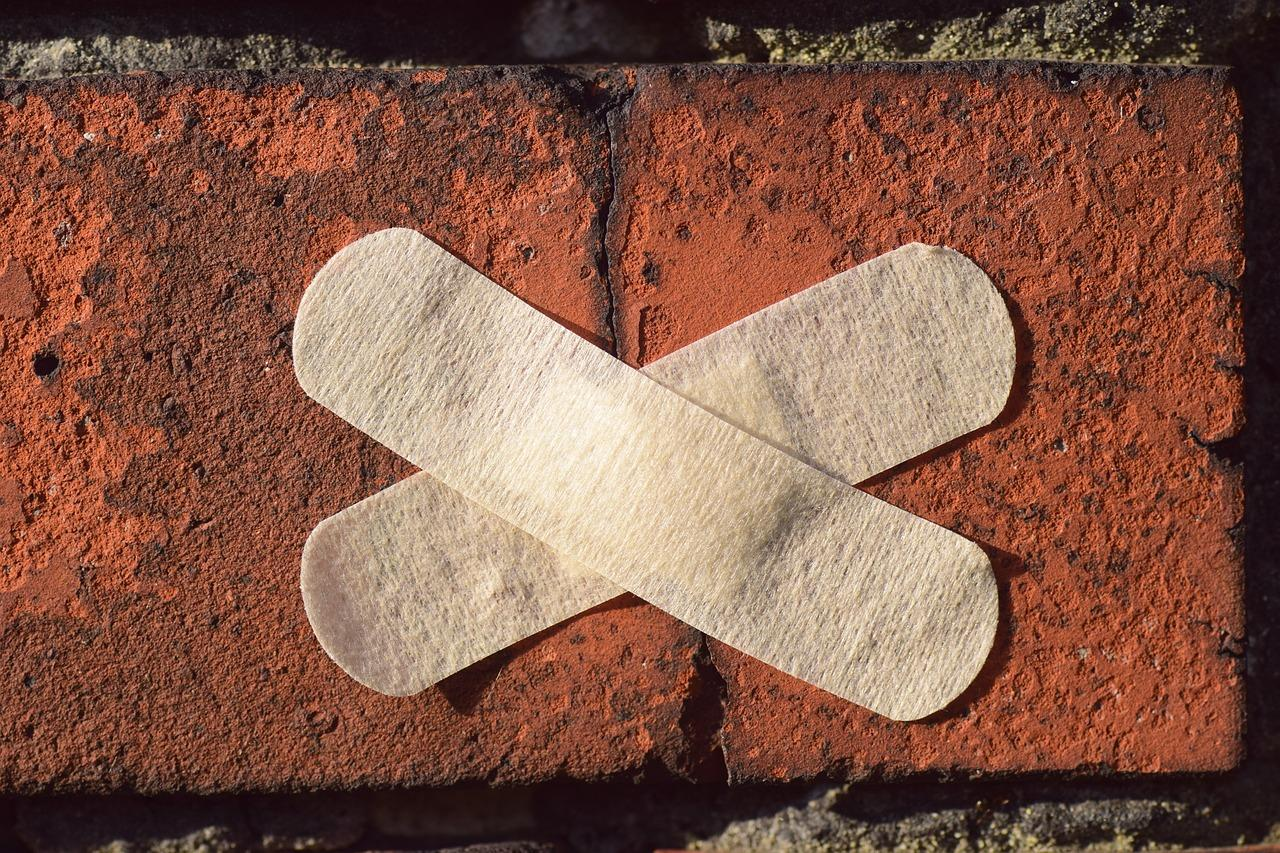Real Estate
Why Is Stucco Inspection And Stucco Testing So Important?

For several years, both local and state building codes were drafted wrongly. This, unfortunately, led to numerous stucco installations being installed incorrectly, comprising reversed or even missing flashing zero expansion joints and no drainage.
Here, we discuss why and when a stucco inspection is necessary, the benefits, and the varying assessment levels available.
Why You Need to Have Stucco Inspection in Philadelphia
Professional stucco inspection Philadelphia is key when it comes to assessing the health of your stucco exterior.
To ensure this is carried out accurately, you’ll need to invest in the services of a certified stucco inspector.
A stucco specialist will determine whether there is any damage to the stucco. This could be on a home or business installation and can be surface-level or internal, with the latter being the worst offender.
Why it’s Important to Invest in the Services of a Specialist
Without the assistance of a certified inspector, damage can be complicated to pinpoint. As with most things, fixing the issue as soon as possible is key to ensuring it doesn’t spread and become more prominent or unfixable, which could cost thousands to fix.
Pinpointing and fixing the issue as soon as possible will help you to maintain the longevity of your home or business, ensuring it’s leakage-free and void of structural damage.
Additional Benefits of a Stucco Inspection
Aside from offering peace of mind, a stucco inspection can lower the requirement for a future building restorative project.
For example, suppose the inspection showcases internal damage to only one part of a wall. In that case, fixing part instead of the entire wall may be the only remediation required, saving time and money.
Some governments have recently been accused of a ‘sticking plaster approach’ in recent months, whereby, instead of fixing the issue from the root, they covered it externally. This is now coming to light in a big way, which is why it’s essential to amend matters as they arise.
More often than not, the damage may not be as bad as you initially feared. That being said, it’s always a good idea to get it checked out.
Different Stucco Inspection Levels
When it comes to stucco inspections, there are several levels of stucco inspections to choose from, with some being more complicated than others.
These comprise visual, non-invasive, and invasive inspections.
1. Visual Inspection
The first and foremost stucco inspection comes in the shape of a visual exterior inspection. This level simply determines, as the name suggests, whether damage can be seen via the human eye from the outside of the property.
A stucco specialist will walk around the building, assessing it for any visual signs of damage.
This part doesn’t always require the assistance of a specialist, and it can be carried out by yours. However, a professional is trained to spot damage you may miss, and you will need to speak to a professional if you spot any signs of damage.
Key areas to check include windows, doors, and additional wall entry points, including utility openings. Another key area to check is where the roof overhangs.
If zero signs of damage are spotted after a visual inspection, the stucco is likely in the clear, although it’s still wise to get regular checks as it can deteriorate over time.
2. Non-Invasive Inspection
A non-invasive inspection is the second stage and is used to determine damage that the naked eye can’t see, as it likely lies beneath the wall surface.
This stage is also necessary if surface damage has been pinpointed, as it can determine the extent of damage beneath the wall surface without looking inside. This is when thermal imaging comes into play.
Thermal cameras detect colder areas within the walls, which are often a clear indication of internal moisture. The sooner you catch this, the better!
At this stage, closer visual inspections are carried out, especially if an area is presumed to have underlying damage.
This is when a specialist scrutinizes the surrounding wall area to determine where the water has come from.
3. Invasive Inspection
The invasive inspection is the final level of stucco inspection and is the process of drilling minuscule holes into the wall’s surface to gain access to the internal structure.
This helps specialists to take moisture readings and, if necessary, capture further imagery.
Once the inspection is done, the holes are filled and hidden with a caulk material.
This not only makes the wall area look aesthetically pleasing but also stops any further moisture from gaining access to the wall via these newly drilled holes.
Conclusion
If you’ve noticed or are worried about stucco damage on the exterior of your property, then it’s vital to get this checked sooner rather than later.
Scheduling an inspection will not only put your mind at ease; it will identify any damage that needs to be rectified before it worsens.
Leaving it to get worse will only cost you time and money in the long run, and what could have been a quick fix may turn into an unnecessary large job.
-
Blog1 year ago
MyCSULB: Login to CSULB Student and Employee Portal – MyCSULB 2023
-
Android App3 years ago
Cqatest App What is It
-
Android1 year ago
What Is content://com.android.browser.home/ All About in 2023? Set Up content com android browser home
-
Software2 years ago
A Guide For Better Cybersecurity & Data Protection For Your Devices
-
Latest News2 years ago
Soap2day Similar Sites And Alternatives To Watch Free Movies
-
Android2 years ago
What is OMACP And How To Remove It? Easy Guide OMACP 2022
-
Android3 years ago
What is org.codeaurora.snapcam?
-
Business2 years ago
Know Your Business (KYB) Process – Critical Component For Partnerships


























